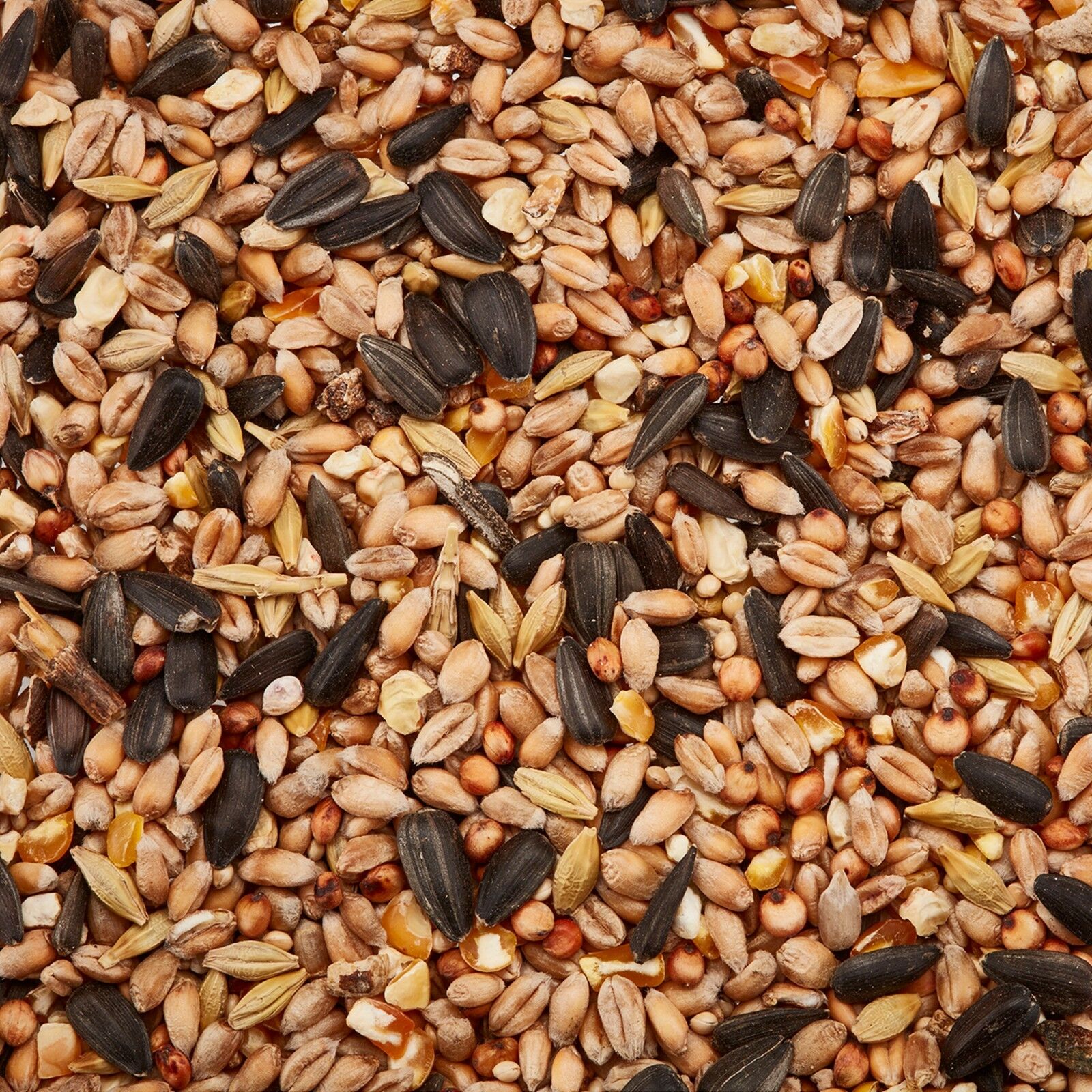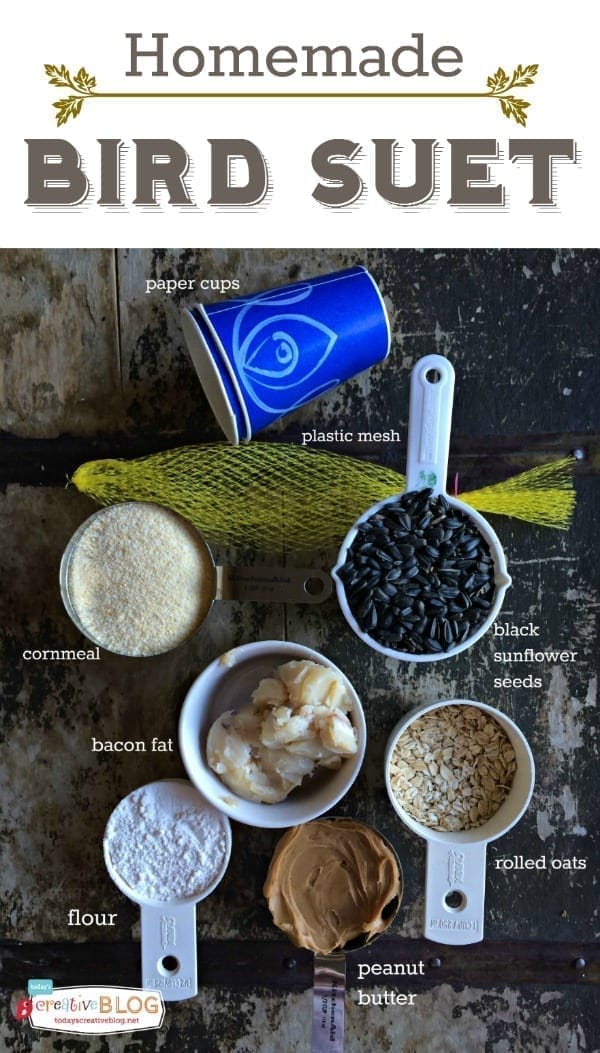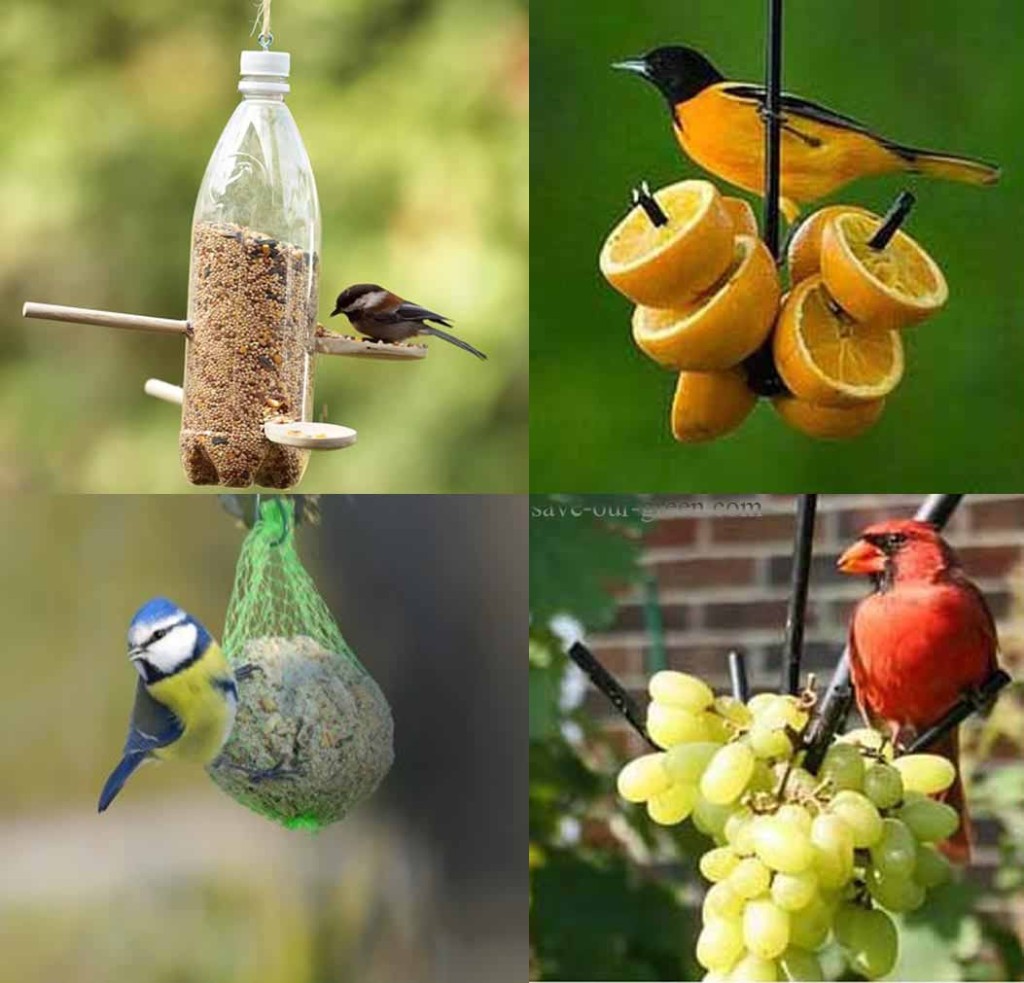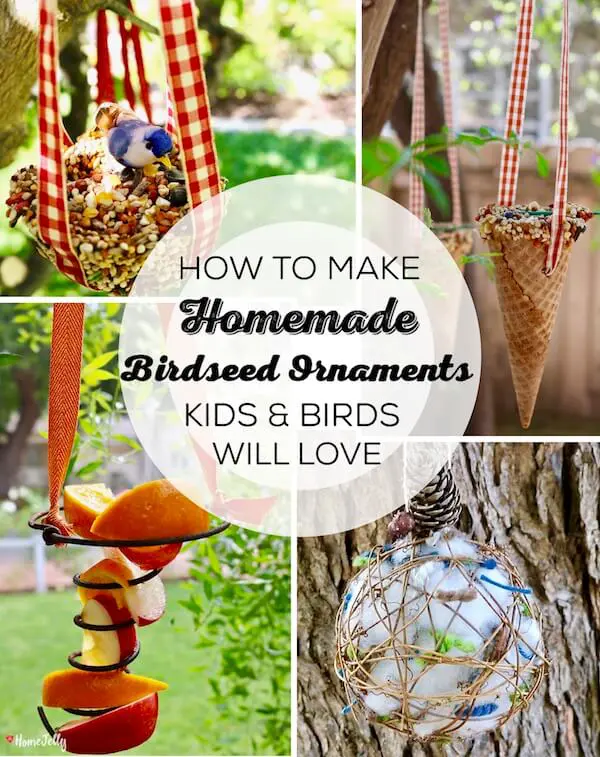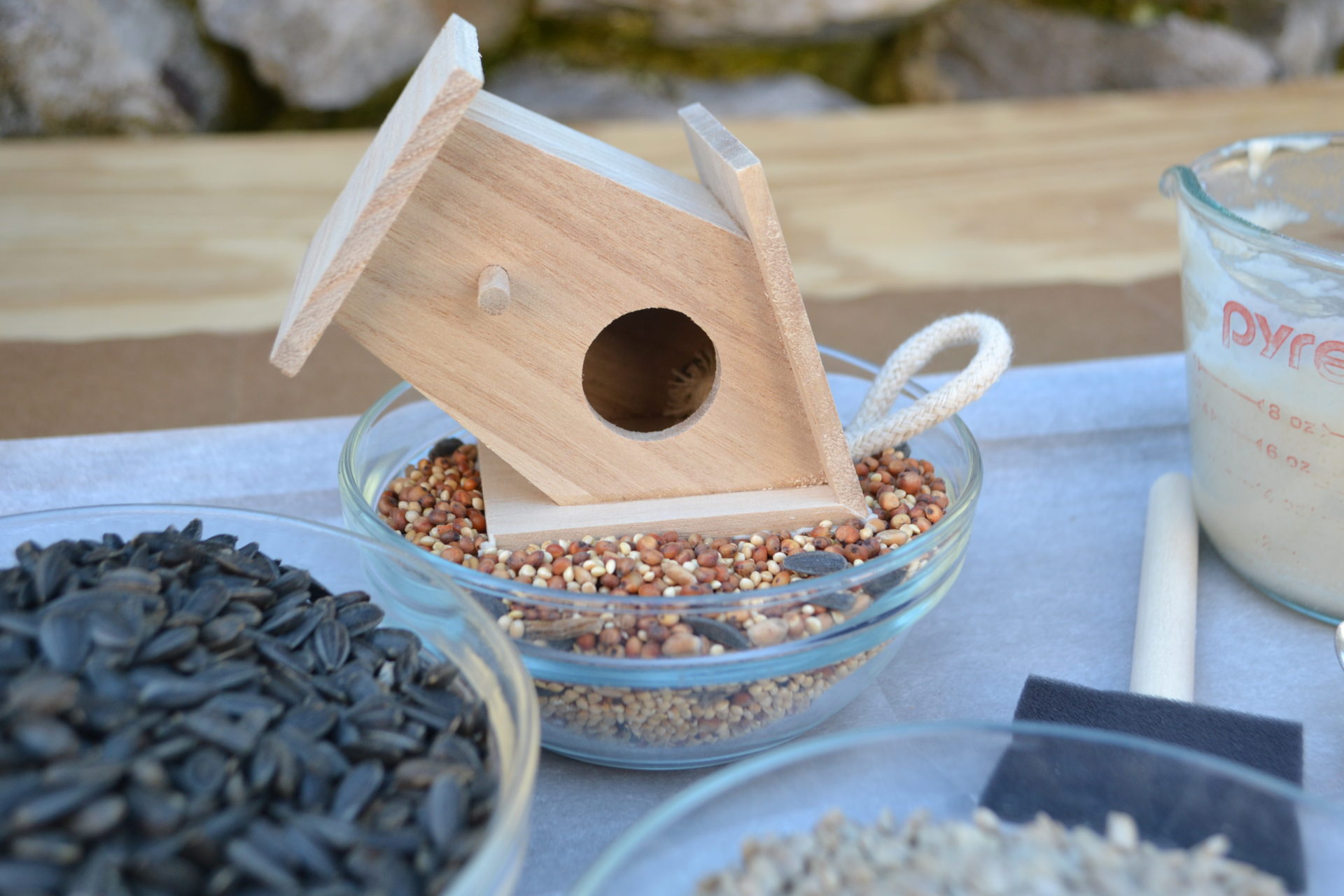The Benefits of Homemade Birdseed
When it comes to attracting birds to your backyard, using high-quality birdseed is essential. One of the best ways to ensure you’re providing the best for your feathered friends is to learn how to make homemade bird seed. By doing so, you can reap several benefits, including cost-effectiveness, customization options, and the ability to avoid fillers and by-products found in commercial birdseed. Making your own birdseed at home allows you to save money in the long run, as you can buy ingredients in bulk and create a recipe that suits your specific needs. Additionally, homemade birdseed enables you to tailor the recipe to the specific needs and preferences of the bird species visiting your backyard. Perhaps most importantly, making your own birdseed ensures that you can avoid unhealthy fillers and by-products often found in commercial birdseed, which can be detrimental to the health of your birds.
Choosing the Right Ingredients for Your Birdseed Mix
When it comes to creating a nutritious and appealing birdseed blend, the right ingredients are crucial. A well-rounded birdseed mix should include a variety of seeds, nuts, and fruits that cater to the diverse needs of different bird species. Sunflower seeds, for instance, are a great source of protein and fat, making them an excellent addition to any birdseed recipe. Suet, a high-energy ingredient, is also a popular choice among bird enthusiasts, as it attracts a wide range of bird species. Dried fruits, such as cranberries and cherries, provide essential vitamins and minerals, while nuts like peanuts and almonds offer a tasty and nutritious treat. By incorporating a mix of these ingredients, you can create a birdseed blend that will attract a variety of bird species to your backyard and keep them coming back for more. Remember, learning how to make homemade bird seed is all about experimentation and finding the right combination of ingredients that work best for you and your feathered friends.
How to Create a Balanced Birdseed Recipe
Creating a well-balanced birdseed recipe is crucial to attracting a variety of bird species to your backyard. A good birdseed blend should provide the right mix of protein, fat, and fiber to meet the nutritional needs of different bird species. Protein-rich ingredients like sunflower seeds, peanuts, and mealworms are essential for maintaining healthy feathers and muscles. Fat-rich ingredients like suet and nuts provide energy for birds, especially during the winter months. Fiber-rich ingredients like fruits and vegetables support healthy digestion and overall well-being. To achieve the right mix of ingredients, it’s essential to understand the specific needs of the bird species you want to attract. For example, finches and sparrows require a higher proportion of seeds, while woodpeckers and nuthatches prefer suet and nuts. By learning how to make homemade bird seed and experimenting with different ingredients, you can create a balanced birdseed recipe that will attract a diverse range of bird species to your backyard.
The Role of Suet in Homemade Birdseed
Suet is a high-energy ingredient that plays a crucial role in homemade birdseed recipes. Made from animal fat, suet is an excellent source of energy for birds, particularly during the winter months when natural food sources are scarce. By including suet in your homemade birdseed recipe, you can attract a variety of bird species, including woodpeckers, nuthatches, and chickadees. Suet is also an excellent way to provide birds with the energy they need to stay warm and healthy during the cold winter months. When learning how to make homemade bird seed, it’s essential to understand the importance of suet and how to incorporate it into your recipe. You can offer suet on its own or mix it with seeds and nuts to create a high-energy birdseed blend that will attract birds to your backyard. By experimenting with different types of suet and ingredients, you can create a unique and appealing birdseed recipe that will keep birds coming back for more.
Adding Fresh Fruits and Vegetables to Your Birdseed Mix
Incorporating fresh fruits and vegetables into your homemade birdseed recipe can provide a nutritional boost to your backyard birds. Fresh fruits like berries, oranges, and apples are rich in antioxidants, vitamins, and minerals that are essential for maintaining healthy feathers, beaks, and eyes. Vegetables like carrots, sweet potatoes, and leafy greens are rich in fiber, vitamins, and minerals that support healthy digestion and overall well-being. By adding fresh fruits and vegetables to your birdseed mix, you can create a nutrient-rich blend that will attract a variety of bird species to your backyard. When learning how to make homemade bird seed, it’s essential to understand the importance of incorporating fresh ingredients into your recipe. Fresh fruits and vegetables can be offered on their own or mixed with seeds and nuts to create a unique and appealing birdseed blend. Experimenting with different types of fruits and vegetables can help you create a customized birdseed recipe that will attract a diverse range of bird species to your backyard.
Tips for Storing and Serving Your Homemade Birdseed
Once you’ve created your homemade birdseed recipe, it’s essential to store it properly to maintain its freshness and nutritional value. Store your birdseed in a cool, dry place, such as a pantry or cupboard, to prevent moisture from accumulating and spoiling the seed. Use airtight containers, such as glass jars or plastic bins, to keep the seed fresh and protected from pests. When serving your homemade birdseed, consider using a variety of feeders, such as tube feeders, hopper feeders, and tray feeders, to attract a range of bird species. Place your feeders in an area that provides shelter and protection from the elements, such as a tree branch or a covered patio. By following these tips, you can ensure that your homemade birdseed remains fresh and appealing to your backyard birds. When learning how to make homemade bird seed, it’s crucial to understand the importance of proper storage and serving techniques to get the most out of your birdseed recipe.
Common Mistakes to Avoid When Making Homemade Birdseed
When learning how to make homemade bird seed, it’s essential to avoid common mistakes that can affect the quality and appeal of your birdseed blend. One of the most significant mistakes is using low-quality ingredients, such as old or stale seeds, nuts, and fruits. These ingredients can be lacking in nutritional value and may even be spoiled, which can harm the health of your backyard birds. Another common mistake is failing to store the birdseed properly, which can cause it to become stale, moldy, or infested with pests. This can lead to a decrease in the birdseed’s nutritional value and appeal to birds. Additionally, using too much of a single ingredient or neglecting to include a balanced mix of protein, fat, and fiber can also affect the quality of your birdseed blend. By being aware of these common mistakes, you can take steps to avoid them and create a high-quality, nutritious birdseed blend that will attract a variety of bird species to your backyard.
Getting Creative with Your Homemade Birdseed Recipe
Now that you’ve learned the basics of how to make homemade bird seed, it’s time to get creative and experiment with different ingredients and recipes. One of the best things about making your own birdseed is that you can tailor it to the specific needs and preferences of the birds in your backyard. Try adding unique ingredients like peanuts, almonds, or dried mealworms to attract a variety of bird species. You can also experiment with different ratios of seeds, nuts, and fruits to create a custom blend that will appeal to your feathered friends. Consider adding some fresh herbs like parsley or cilantro to give your birdseed a fresh and appealing flavor. By getting creative with your homemade birdseed recipe, you can create a unique and appealing blend that will attract a variety of bird species to your backyard and keep them coming back for more. Remember, the key to making a great homemade birdseed is to have fun and be willing to try new things – so don’t be afraid to experiment and come up with your own unique recipe!



